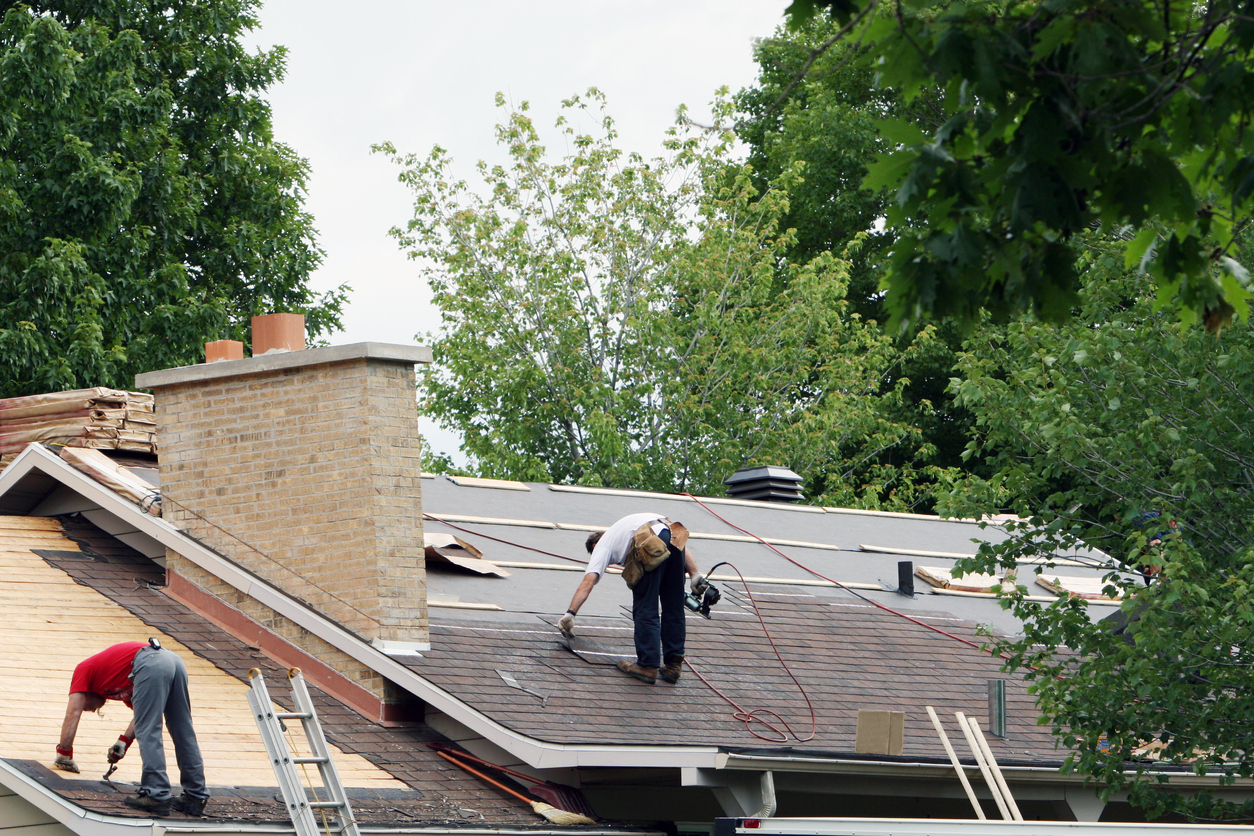First party insurance claims involving Chinese drywall have been given some hope from recent Louisiana trial court rulings. Two trial court rulings in Simon Finger and Rebecca Finger vs. Audubon Insurance Company, No. 09-8071 (Civil District Court for the Parish of Orleans, March 22, 2010), struck three affirmative defenses of the homeowners’ insurance company that denied the insurance claim to a home with Chinese drywall. The three significant exclusionary provisions of the policy struck were cited as follows:
Pollution or Contamination
We do not cover any loss, directly or indirectly, regardless of any cause or event contributing concurrently or in any sequence to the loss, caused by the discharge, dispersal, seepage, migration or release or escape of pollutants. Nor do we cover the cost to extract pollutants from land or water, or the cost to remove, restore, or replace polluted or contaminated land or water. A "pollutant" is any solid, liquid, gaseous or thermal irritant or contaminant, including smoke, vapor, soot, fumes, acids, alkalis, chemicals and "waste." A "contaminant" is an impurity resulting from the mixture of or contact with a foreign substance. "Waste" includes materials to be disposed of, recycled, reconditioned or reclaimed.”
Gradual or Sudden Loss
We do not cover any loss caused by gradual deterioration, wet or dry rot, warping, smog, rust or other corrosion. In addition, we do not cover any loss caused by inherent vice, wear and tear, mechanical breakdown or latent defect. However, we do insure ensuing covered loss unless another exclusion applies.
Faulty, Inadequate or Defective Planning
We do not cover any loss caused by faulty, inadequate or defective:
a. Planning, zoning, development, surveying, siting;
b. Design, specifications, workmanship, repair, construction, renovation, remodeling, grading, compaction;
c. Materials used in repair, construction, renovation or remodeling, grading or compaction; or
d. Maintenance; of part or all of any property whether on or off the residence. However, we do insure ensuing covered loss unless another exclusion applies.
These are the provisions many insurers are relying upon to deny Chinese drywall claims under property insurance policies. So, the decision is very important and will have to be followed closely. Everybody can expect more claims to be filed citing this decision. The reasoning was interesting and relied, in part, upon the deposition of the insurance company’s corporate representative. The Court noted the following deposition testimony in its Judgment:
Q: I said, given your experience in working with insureds and how they might interpret or understand the policy, do you think that a person would read this and think that they would need to buy additional coverage to cover Chinese drywall?
A: It would depend on the person. If I read it, I would know it. I’m a person. There’s other persons that may not.
…Q: Do you agree that the burden is on the insurer to show that a damage is excluded?
MR. FRANK: Was that the end of it?
MR. CASEY: Yes.
MR. FRANK: Objection to the extent it calls for a legal conclusion. If you know, you can go ahead and answer.
A: I am pretty sure that that’s the way – I mean that we usually, if we feel something is not covered, we document why and explain it. That would be what we would do.
…
Q: Were the damages to the Fingers’ drywall itself direct or indirect?
A: We found no damages to the drywall.
Q: And were the damages to the Fingers’ metallic components direct or indirect?
A: We found those are a direct result of the gases emitted or given off by the drywall.
…
Q: Did Audubon investigate as to whether the drywall was installed correctly or incorrectly?
A: No.
Q: Is there a reason why they didn’t investigate?
A: It wasn’t germane to the issue.
Q: Why not?
A: The question was whether the drywall was causing the problem itself, not whether it was hung correctly.
In a footnote, the Court explained the basic premise of coverage under an all-risk policy:
"Generally, an ‘all risk’ insurance policy creates a special type of coverage extending to risks not usually covered under other insurance, and recovery under an "all risk" policy will, as a rule, be allowed for all fortuitous losses not resulting from misconduct or fraud, unless the policy contains a specific provision expressly excluding the loss from coverage."
Louisiana law differs from other jurisdictions regarding the pollution exclusion cited above. The Court easily found that it did not apply (even the insurer agreed, but because it found it failed to include the endorsement in that policy) as, under Louisiana law, the pollution exclusion could not apply to defective building materials in a home:
The [pollution] exclusion does not, and was never intended, to apply to residential homeowners claims for damages caused by substandard building materials. Doerr v. Mobil Oil Corporation, 2000-0947 (La. 12/19/00), 774 So.2d 119, 134; State Farm Fire Ins. Co. v. MLT Construction Co., 2002-1811 (La. App. 4th Cir. 6/4/03), 849 So.2d 762, 770. The Louisiana Department of Insurance determined that a "pollution incident" under a pollution exclusion in homeowners’ policies only refers to an incident which causes "environmental damage," or "injurious [to the environment, not the claimant] presence in an upon the land, the atmosphere, or any watercourse or body of water of solid, liquid, gaseous or thermal contaminants, irritants or pollutants." (See Advisory Letter No. 97-01 Commissioner of Insurance, State of Louisiana (June 4, 1997)).
…The fact that Chinese drywall releases various gases into the home is not sufficient to qualify as a "pollutant" under the pollution exclusion, which this Court interprets consistent with Doerr v. Mobil Oil…Audubon acknowledged in its response to Plaintiffs’ Motion for Partial Summary Judgment that its pollution exclusion was inapplicable and Audubon amended its Answer accordingly.
Turning to the Gradual or Sudden Loss exclusionary language, the Court relied upon testimony as well as case law generally indicating that the clause does not apply in the homeowner’s Chinese drywall claim. Some may find the Court’s reasoning is strained and applicable only to Louisiana cases, as many insurers and experts claim that the drywall destroys itself:
The GSL Exclusion is designed to exclude expected losses. Wilson, Bill, ed. Forms & Substance-Coverage Concerns, Quirks and Solutions, Independent Agent, May 2004 at p. 12. Coverage is required here because "the purpose of the policy is to secure an indemnity against accidents which may happen, not against events which must happen." Boudreaux v. Verret, 422 So.2d 1167, 1172 (La. App. 3rd Cir. 1982); Gulf Transp. Co. v. Fireman’s Fund Ins. Co., 83 So. 730, 733 (Miss. 1920).
…The Fingers’ losses relate to the drywall off-gasing, not by wear, tear and/or gradual deterioration…. Both Audubon’s expert, Dr. Zdenek Hejzlar, and the Fingers’ inspector, AI Mallet, agree that the Fingers’ damages are caused by the sulphurous gases emitting from the Chinese drywall…
…Audubon suggests that the phrase "rust or other corrosion" bars coverage. This position is rejected because the plain language of the GSL exclusion refers to: "any loss caused by….rust or other corrosion."… The exclusion is intended to apply where corrosion, rust or the like is the cause of the property damage; it is not designed to preclude coverage when the rust or corrosion is the damage itself. Trus Joint MacMillan v. Neeb Kearey, 2000 WL 306654 (E.D. La. 2000). Here, the corrosion caused to the metals in the Fingers’ home by the sulphurous gases released by the Chinese drywall is the loss, not the cause of the loss, indicating the corrosion language of the Gradual or Sudden Loss exclusion does not bar coverage….
..The GSL exclusion also refers to losses caused by an "inherent vice" or "latent defect." Audubon’s insurance policy does not define these terms. Black’s Law dictionary defines a latent, inherent, or hidden defect as: "a product imperfection that is not discoverable by reasonable inspection." See Black’s Law Dictionary, 481 (9th ed. 2009). Again, the Louisiana jurisprudence, which is rooted in Maritime law, focuses on inevitable losses due deterioration of the thing. See ARNOLD COUCH ON MARITIME INSURANCE (11th ed) § 778. The inherent vice or latent defect exclusion applies to "a loss due to any quality in the property that causes property to damage or destroy itself that results from something within the property itself as opposed to some outside force." FC&S Online, Processors Coverage Form, Insurance Services Office Non filed 1M Coverage, December 2005, http://www.nationalunderwriterpc.com. First party policies typically exclude damages due to an inherent vice or latent defect in order to prevent the insurer from having to compensate the insured for property that "has its own shelf life and will eventually wear out or break down because of intrinsic quality or nature." Eugene Wollan, Risks Not Taken, John Liner Review 86, (Fall 2006). Here, there is no evidence that the Chinese drywall is damaging or destroying itself, indicating the "inherent vice" or "latent defect" language from the GSL exclusion does not apply. Audubon’s expert report likewise does not evidence any damage to the drywall itself.
Remember the noted testimony that the insurer did not investigate to see if the drywall was installed properly and that other people could interpret the policy differently? The Court apparently thought this was important and noted that the insurer’s own expert did not consider the drywall defective when considering the Faulty, Inadequate or Defective Planning exclusion:
Chinese drywall is not defective within the meaning of the FIDP exclusion…Again, Audubon did not provide a useful definition of this exclusion in its contract. Interpreting the plain language of the Audubon policy, the Chinese drywall "defect" is not one that renders the drywall unable to perform the purpose of drywall. …Indeed, it has not been alleged that the subject drywall would be defective in all geographies. The Chinese drywall here can still act as an aesthetic or "finishing" material for a home. Rather, the damage that the Chinese drywall causes is based upon a quality distinct from these roles. Audubon agrees.
I previously posted in FC&S Says Ensuing Loss Coverage Applies to Chinese Drywall Claims that:
“The insurance industry is probably calling and writing the editors of the FC&S Bulletin because the June 2009 edition correctly notes that Ensuing Loss Damage is covered under the ISO form policies for typical Chinese Drywall losses. I recently noted various coverage issues related to Chinese Drywall. A number of these cases are coming to our office because insurers are not affording first party coverage.
This trial court never had to reach the issue of the ensuing loss provisions because the insurer had no more defenses. It was a moot point.
As certain as the sun will rise in the East tomorrow morning, there will be an appeal of this decision. Whether it will be affirmed is about as questionable as whether I will rise and get in my five mile run or just stay in bed and enjoy the Easter weekend.



